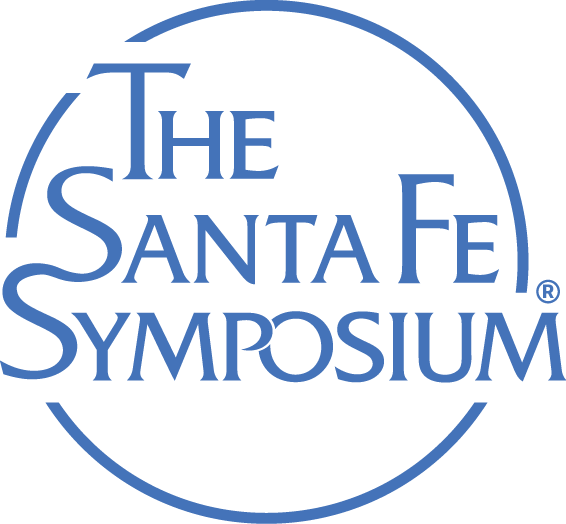1998 - Physical, Metallurgical and Chemical Processes in Jewelry Casting
1998 - Physical, Metallurgical and Chemical Processes in Jewelry Casting
In part, physical processes at casting can be modeled if using considerably simplified models. Besides simplification the missing of liable values for parameters is the most restricting factor. For a first attempt estimations were made using values given for pure gold and some sole values for binary gold alloys. For all that insights in some processes of investment casting could be given. Melt flow with static casting could be modeled to some extent. Transferring the model to centrifugal casting produced a surprise. The usual theory says that centrifugal force respectively centrifugal acceleration is the determining parameter for melt flow and form filling. A model based on this assumption delivers very high values for the speed of rotation. Experimental work, however, shows that form filling occurs within the acceleration phase and with a very low speed of rotation (about a tenth of the computed value). A new modified model has to be evaluated and experimentally tested. The thermal processes could not be modeled yet. Experimental results give some information on processes. Thin-walled parts commence solidification within less than 1 second. The low thermal conductivity of investment prevents usually mutual interference of different parts during solidification. The danger of "hot spots" is relatively low. Other problems like metallurgical processes and chemical reactions have only been touched. They were already the subject of numerous publications.
Author: Dieter Ott

